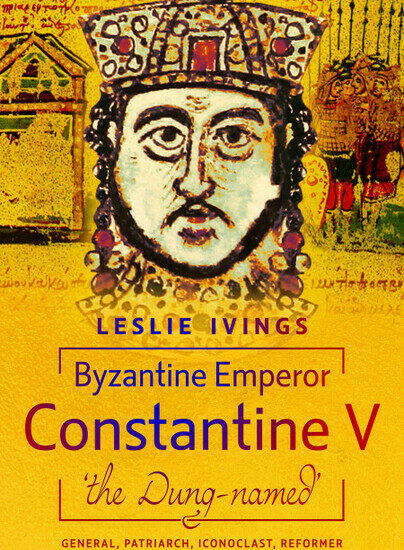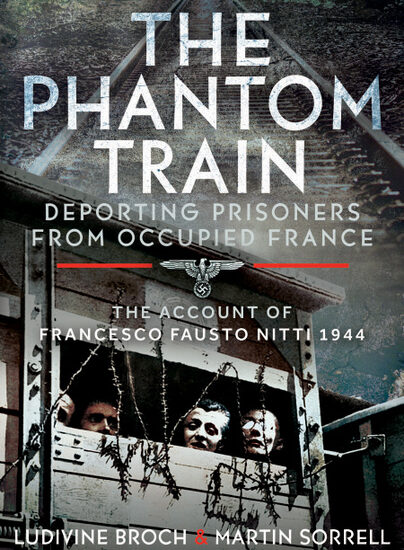Why walking through Italy could be the gastronomical experience you didn’t know you needed
Author guest post from Rachael Martin.
When in Italy, eat. Italian food is some of the best in the world and will give you food memories to dream about for years. (Unless, like myself, you too have lived here for over twenty-five years and still dream of a bag of chips from a Yorkshire fish shop. Funny how life has its own little ironies.) Pasta, pizza, polenta, rich stews and soups from the mountains and the countryside. What more could you want from your Italian walking tour?
In Walking Italy, I take you through six of Italy’s best-loved regions: the Aosta Valley, Lombardy and Lake Como, Emilia Romagna, Tuscany, Umbria and finally Lazio and Rome. The food is as varied as the landscapes, and whether you’re planning to go on an actual walking tour or just visit a region and set out on a few walks, there’s a lot to discover in terms of both places and food.
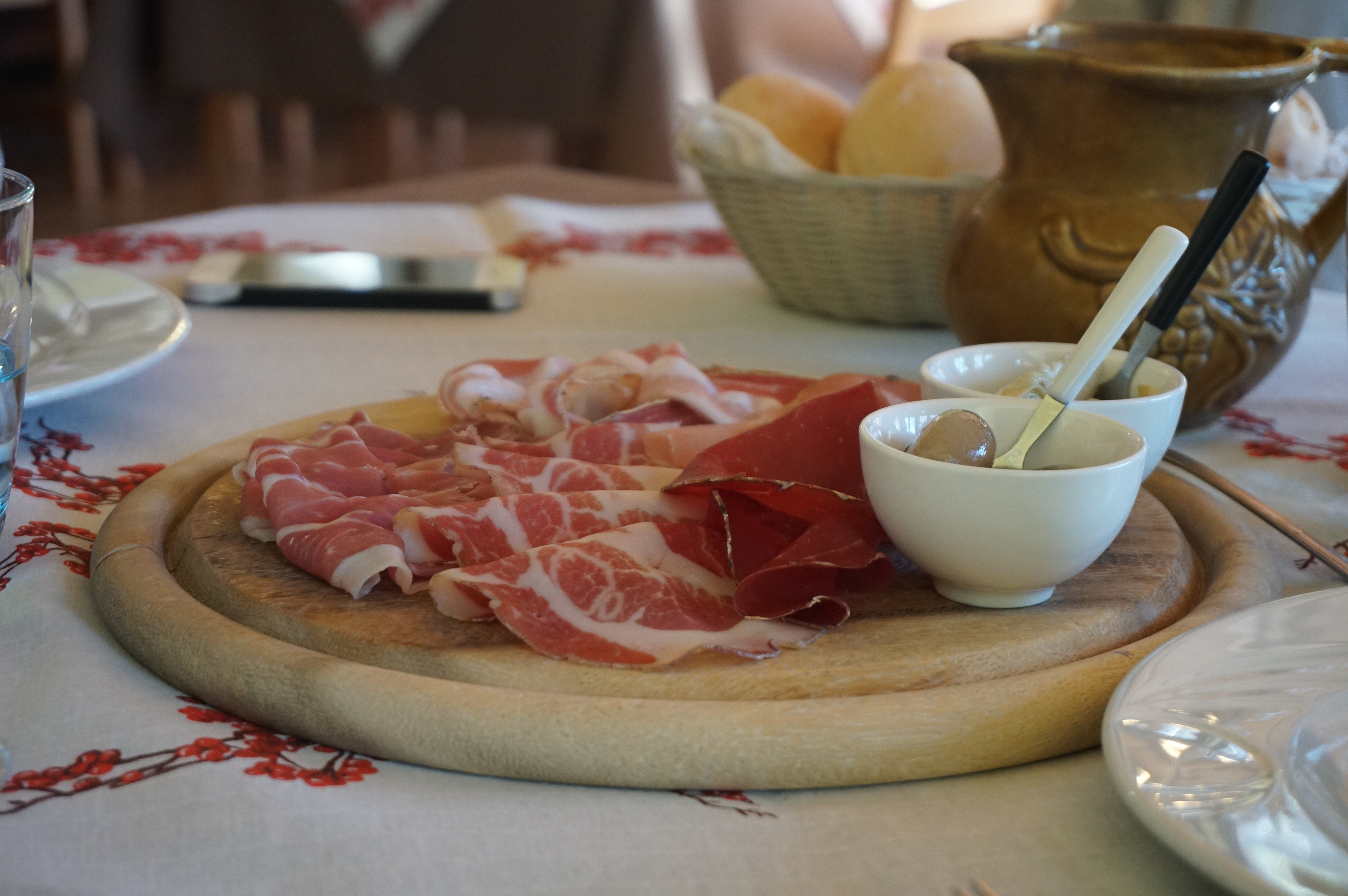
We start in the Aosta Valley on the Swiss border, Italy’s most mountainous region where the Via Francigena, Europe’s oldest Christian pilgrimage route, comes into Italy. Here it’s all about the local cold meats and cheeses, and especially the local Fontina cheese, which no visit would be complete without trying. Try their fondue with Fontina cheese. It’s the perfect dish for after a day’s walking.
Then it’s across to Lombardy, and more specifically to Milan on the trail of Leonardo da Vinci and up to Lake Como and on to the Swiss border. The emphasis on the lake is on lake fish known as missoltini. They’re a bit like dried herrings and often served with polenta. You’ll also find polenta served with stews and wild mushrooms, and pizzoccheri, buckwheat pasta cooked with cabbage dressed in local cheese and butter.

Emilia Romagna, on the other hand, is the home of pasta. Here they excel in all types of pasta including lasagna and filled pastas such as tortellini and cappelletti. Then there’s Parma ham, the real thing from Parma. Umbria also does some excellent pasta dishes such as pici with ragù, or Bolognese sauce as we often call it in the UK. In fact, Bologna is the capital of Emilia and a trip to the city’s trattorias will show you why they deserve their fame for pasta. There’s a saying about Bologna: la grassa, la rossa, la dotta. It means the fat, the red and the learned. ‘Fat’ comes from its food, ‘red’ from the colour of its buildings and roofs and its historical communist tendencies and learned because it’s home to one of the oldest and most prestigious universities in Italy.
In Tuscany, you could do as the Medieval pilgrim and try the local soups. They’re often made from cereals and grains and are pretty much what people used to eat during the Medieval period, when pilgrimages were very popular. Then it’s on to Rome, the final destination for our pilgrim. All roads lead to Rome, as they say, and in some cases, they continued to the southern Italian ports such as Bari and on to the Holy Land. In Rome, the emphasis is on pasta, including the famous carbonara, and local delicacies such as artichokes, lamb and offal.
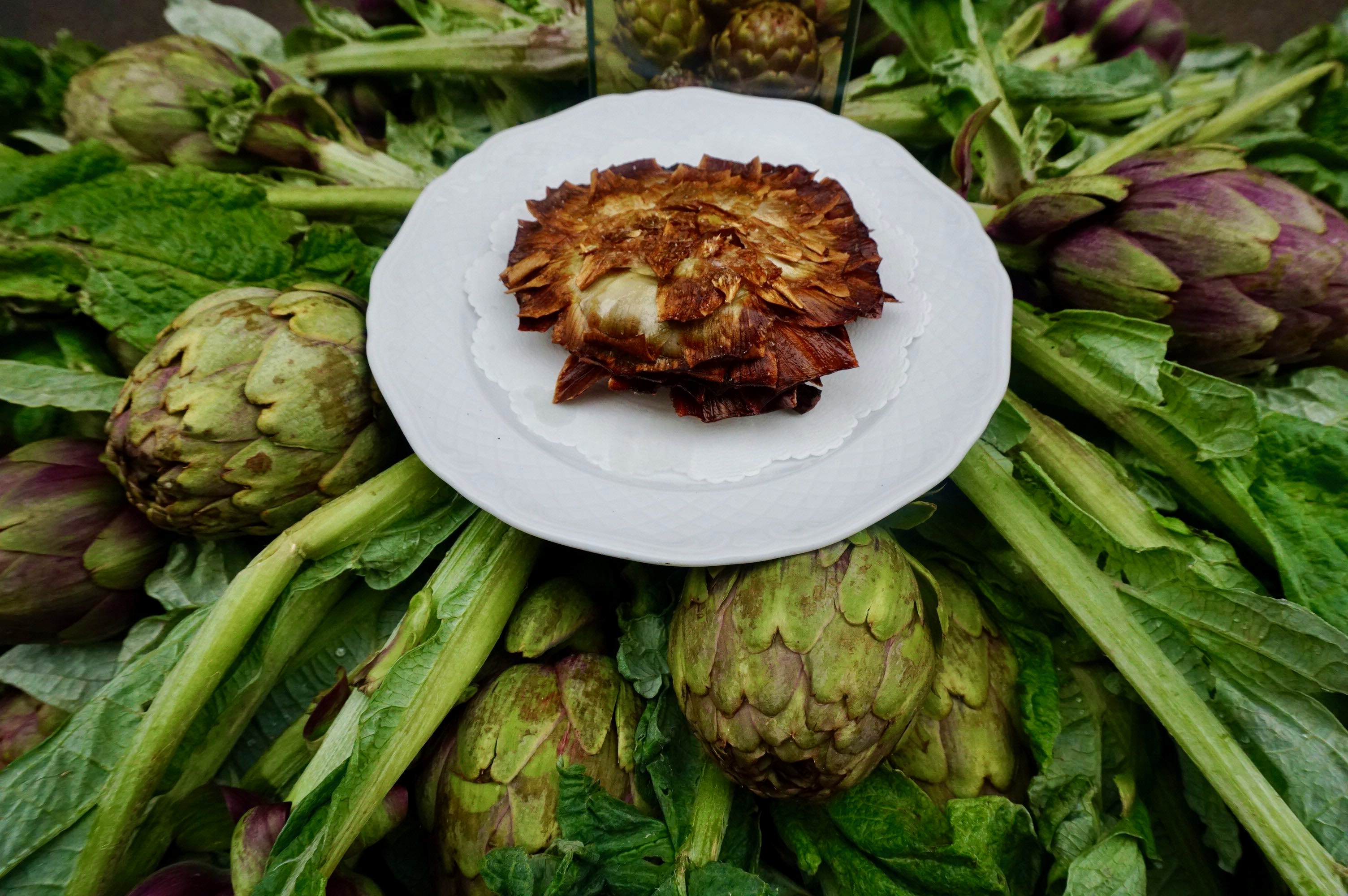
Finally, don’t forget the good old picnic. There really is nothing better than a sandwich with a view, especially when it’s filled with delicious Italian ham or cheese!
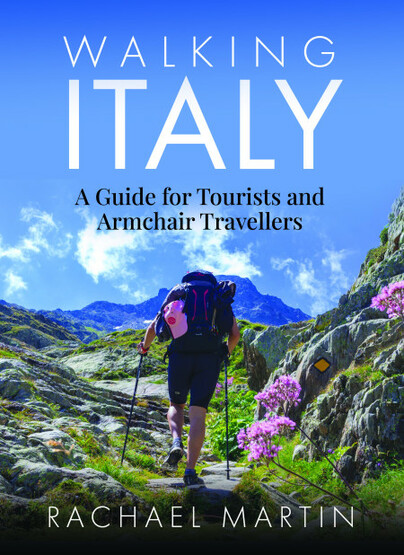
Order Walking Italy here.
